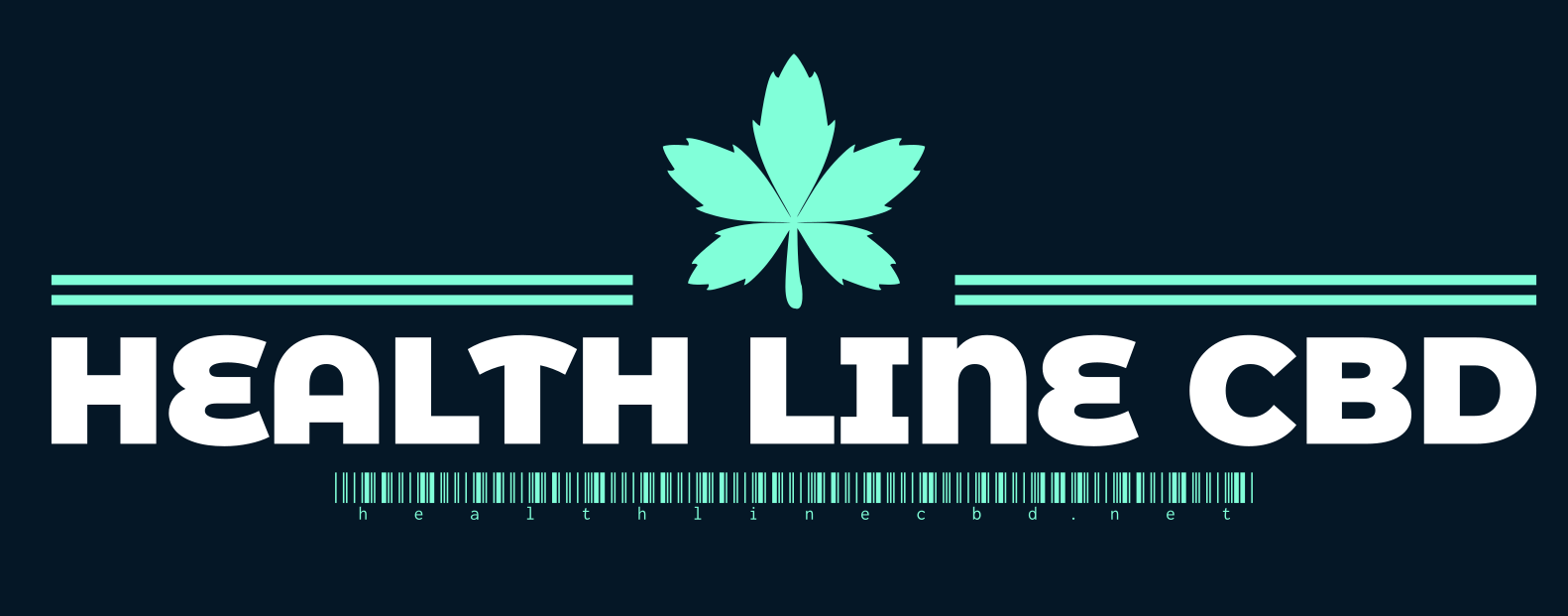Learn About the Different Types of Dermal Fillers at It’s Me and You Clinic
Understanding Jaw Fillers
What Are Jaw Fillers?
Jaw fillers are a non-surgical cosmetic treatment used to enhance and define the jawline.
They involve injecting hyaluronic acid gel, a naturally occurring substance in the body, into the desired areas of the jaw.
This gel plumps up the soft tissues, creating a more sculpted and contoured appearance.
Jaw fillers can be used to address various concerns, such as:
*A weak or receding jawline
*Lack of definition in the jaw area
*An uneven or asymmetrical jawline
By adding volume to the jaw, fillers can help create a more balanced and harmonious facial profile.
The procedure typically takes around 30-60 minutes and involves local anesthesia to minimize discomfort.
Results are usually visible immediately after treatment and continue to improve over the following days and weeks.
Most patients experience minimal downtime, although some may notice mild swelling or bruising which subsides within a few days.
The effects of jaw fillers are temporary, typically lasting for 6-18 months.
Regular maintenance treatments are required to maintain the desired results.
Benefits of Jaw Fillers
Jaw fillers are a popular cosmetic treatment that can enhance the appearance of the jawline. They involve injecting dermal fillers, typically made of hyaluronic acid, into the jaw muscles and tissues to add volume, definition, and contour.
The procedure is generally quick and minimally invasive, often performed in a doctor’s office under local anesthesia. Results are typically visible immediately after treatment and can last anywhere from six months to two years, depending on the individual and the type of filler used.
Here are some benefits of jaw fillers:
-
Enhanced Jawline Definition: Fillers can create a more sculpted and prominent jawline, adding definition and structure to the face.
-
Improved Facial Balance: By balancing out facial features, jaw fillers can contribute to a more harmonious and symmetrical appearance.
-
Reduced Appearance of Double Chin: Fillers can lift and contour the jawline, minimizing the appearance of a double chin.
-
Non-Surgical Solution: Unlike jaw surgery, fillers offer a less invasive alternative with minimal downtime and recovery.
-
Customizable Results: The amount and placement of filler can be tailored to each individual’s specific goals and facial structure.
It’s essential to consult with a qualified and experienced aesthetic practitioner to determine if jaw fillers are right for you. They will assess your facial anatomy, discuss your desired outcomes, and recommend the best treatment plan.
Types of Fillers Used for Jawline Augmentation
Understanding Jaw Fillers
A defined jawline can contribute significantly to facial harmony and create a more sculpted look. For those seeking to enhance their jawline definition without surgical intervention, jaw fillers have emerged as a popular non-surgical option.
Jaw fillers work by injecting dermal fillers, which are gel-like substances, into the jaw area. These fillers temporarily add volume and contour to the jaw, creating the desired projection and definition.
Types of Fillers Used for Jawline Augmentation
Various types of dermal fillers are commonly used for jawline augmentation. The most popular choices include:
-
Hyaluronic Acid (HA) Fillers:
-
Calcium Hydroxylapatite (CaHA) Fillers:
HA fillers are made from hyaluronic acid, a naturally occurring substance in the body that helps to hydrate and plump skin.
These fillers are highly effective for jawline augmentation due to their ability to provide significant volume and contouring. They are also relatively safe and reversible, as HA can be dissolved with an enzyme if needed.
Popular HA fillers used for jawline augmentation include Restylane Lyft, Juvederm Voluma XC, and Belotero Balance.
CaHA fillers are made from microspheres of calcium hydroxylapatite, which stimulate collagen production in the skin.
They provide long-lasting results compared to HA fillers and are a good option for patients who desire more permanent enhancement.
Radiesse is a well-known CaHA filler used for jawline augmentation.
Choosing the Right Filler
The choice of filler depends on various factors, including individual anatomy, desired results, and budget. It’s essential to consult with a qualified and experienced injector to determine the most suitable filler for your needs.
Considerations during consultation include:
-
Skin type and thickness
-
Desired level of jawline definition
-
Medical history and any allergies
Procedure and Recovery
The jaw filler injection procedure is typically performed in a clinical setting under local anesthesia. The injector will carefully inject the filler into specific points along the jawline to create the desired shape and contour.
After the procedure, there may be some mild swelling and bruising, which usually subsides within a few days. Most patients can resume normal activities immediately following treatment.
Results
The results of jaw filler injections are typically immediate and can last for several months to up to two years, depending on the type of filler used and individual factors such as metabolism.
The Procedure
Consultation and Assessment
When considering jaw fillers to achieve a more defined jawline, the process typically involves several key stages: Consultation, Assessment, and The Procedure.
Consultation:
This initial meeting with a qualified practitioner is crucial for understanding your goals and ensuring you’re a suitable candidate for the treatment. During the consultation:

-
You’ll discuss your desired outcome, showing the practitioner images of the jawline shape you aspire to achieve.
-
The practitioner will thoroughly assess your facial anatomy, considering factors like bone structure, skin thickness, and muscle definition.
-
You’ll inquire about the type of filler used (e.g., hyaluronic acid), its duration, potential side effects, and aftercare instructions.
-
The practitioner will explain the procedure in detail, addressing any concerns or questions you may have.
Assessment:
A comprehensive assessment is conducted to determine the ideal treatment plan. This may involve:
-
Facial measurements and photographs to map out your current jawline and visualize potential changes.
-
Analysis of your skin type and texture to select a suitable filler and ensure optimal integration.
-
Discussion of any medical history or medications you’re taking, as certain conditions may affect treatment suitability or require adjustments.
The Procedure:
Once the assessment is complete and a treatment plan is agreed upon, the jaw filler procedure typically involves:

-
Numbing cream application to minimize any discomfort during injection.
-
Using a fine needle, the chosen filler is injected into specific points along the jawline, strategically placed to sculpt and define the desired shape.
-
The practitioner will gently massage the treated area to ensure even distribution of the filler.
The entire procedure usually takes around 30-60 minutes.
Preparation Before the Treatment
Preparation for jaw filler treatment involves several steps designed to ensure a safe and effective procedure.
Contact Dr. Laura Geige for Personalized Anti-Wrinkle Injection Advice
**Consultation:**
- During your initial consultation with a qualified aesthetics practitioner, discuss your desired outcome, facial anatomy, medical history, and any medications you’re taking.
- The practitioner will assess your suitability for the treatment and advise on realistic expectations.
**Medical History Review:**
A thorough review of your medical history is crucial. The practitioner will inquire about:
- allergies (especially to local anesthetics)
- previous filler experiences (including complications)
- current medications
- bleeding disorders
- skin conditions
**Skin Preparation:**
On the day of your appointment, avoid:
- consuming alcohol
- taking aspirin or blood-thinning medications
- smoking
The practitioner may advise you to cleanse and moisturize your skin beforehand.
**Numbing:**
A topical anesthetic cream will likely be applied to the injection area to minimize any discomfort during the procedure.
Injection Technique
The procedure for achieving a defined jawline using dermal fillers involves a series of precise injections aimed at enhancing the jawline’s contour and definition.
A qualified practitioner will carefully assess your facial structure, taking into account your desired outcome and any underlying anatomical features. They will use a sterile needle to inject hyaluronic acid filler strategically along the jawline, adding volume and creating a more sculpted appearance.
Here’s a breakdown of the injection technique:
- Preparation: The area is thoroughly cleansed and disinfected. Numbing cream may be applied to minimize any discomfort during the injections.
- Injection Points: Using a fine needle, the filler is injected along the jawline in multiple layers, starting from the angle of the jaw and extending upwards towards the earlobe. The practitioner will work with you to determine the best placement and volume for your individual anatomy.
- Shaping and Contouring: As the filler is injected, the practitioner will carefully mold and contour the jawline, creating a smooth and natural-looking transition between the jaw and the face.
- Massage and Blending: After the injections are complete, the treated area is massaged to ensure even distribution of the filler and achieve a seamless blend with surrounding tissue.
The entire procedure typically takes 30-60 minutes and most patients experience minimal downtime. Results can be seen immediately, with optimal outcomes developing over the next few days as the filler settles.
Recovery and Aftercare
Immediate Effects and Swelling
Recovery from jaw fillers for a defined jawline typically involves minimal downtime and discomfort.
Most individuals can return to their normal activities within a day or two.
However, some swelling and bruising may persist for a week or longer.
It’s important to follow your injector’s post-procedure instructions carefully to ensure optimal healing and results.
Immediate Effects:
• Swelling: This is the most common immediate side effect, peaking within 24-48 hours. It gradually subsides over the following days.
• Bruising: Minor bruising may occur, typically resolving within a week or two.
• Tenderness: The treated area may feel tender to the touch for a few days.
• Numbness: Temporary numbness around the injection sites is common and usually resolves within a few hours.
Swelling and its Management
Swelling after jaw fillers is expected and generally manageable. Your injector will likely provide guidance on how to minimize it:
• Apply ice packs wrapped in a towel to the treated area for 15-20 minutes at a time, several times a day.
<
• Elevate your head with an extra pillow while sleeping.
• Avoid strenuous activity and excessive facial movement.
• Stay hydrated by drinking plenty of water.
Long-Term Results and Aftercare:
After the initial swelling subsides, you will notice a more defined jawline.
The results typically last 12-18 months, depending on individual factors such as metabolism and filler type.
To maintain your results, follow these aftercare tips:
- Avoid sun exposure and tanning beds, as UV rays can break down the filler.
- Use a broad-spectrum sunscreen with SPF 30 or higher daily, even on cloudy days.
- Hydrate well to keep your skin supple.
Regular touch-up appointments will be needed to maintain the desired fullness and definition of your jawline.
Long-Term Results and Maintenance
Recovery from jaw filler injections is typically quick and comfortable. Most patients experience minimal swelling and bruising that subsides within a few days.
Aftercare involves avoiding strenuous activities, touching the treated area, and applying heat or ice excessively. It’s essential to follow your practitioner’s specific post-treatment instructions.
Long-term results of jaw filler injections can last anywhere from 6 months to 2 years depending on factors like individual metabolism, product type, and lifestyle habits. Over time, the hyaluronic acid in the filler is gradually broken down by the body.
To maintain the defined jawline achieved with fillers, touch-up appointments are usually recommended every 6 to 18 months. These maintenance injections help replenish the volume and refresh the contours.
Some individuals may experience a gradual softening of the jawline as the filler dissolves. However, maintaining good skincare habits like hydration and sun protection can contribute to longer-lasting results.
Get in Contact with Dr. Laura Geige at It’s Me and You Clinic
Bye Bye Belly Blog Ayiti Natives Ring of the Reeks Cycle Goonie Yoga and Therapy Highland Spring Magazine
- Who Should Not Get Fillers? - November 10, 2025
- What Is Relationship Anarchy And How Does It Challenge Monogamous Ideals? - November 7, 2025
- Weed Drinks & Weed Infused Beverages - November 6, 2025

